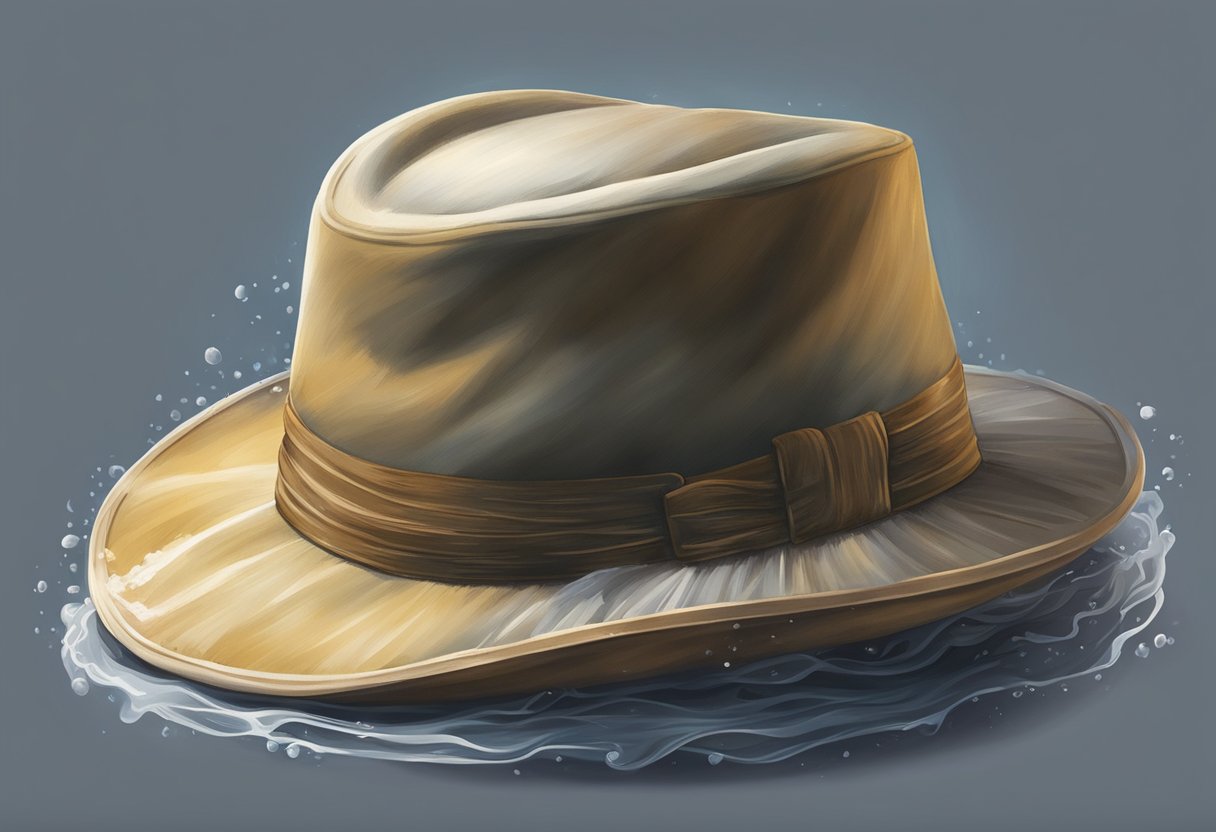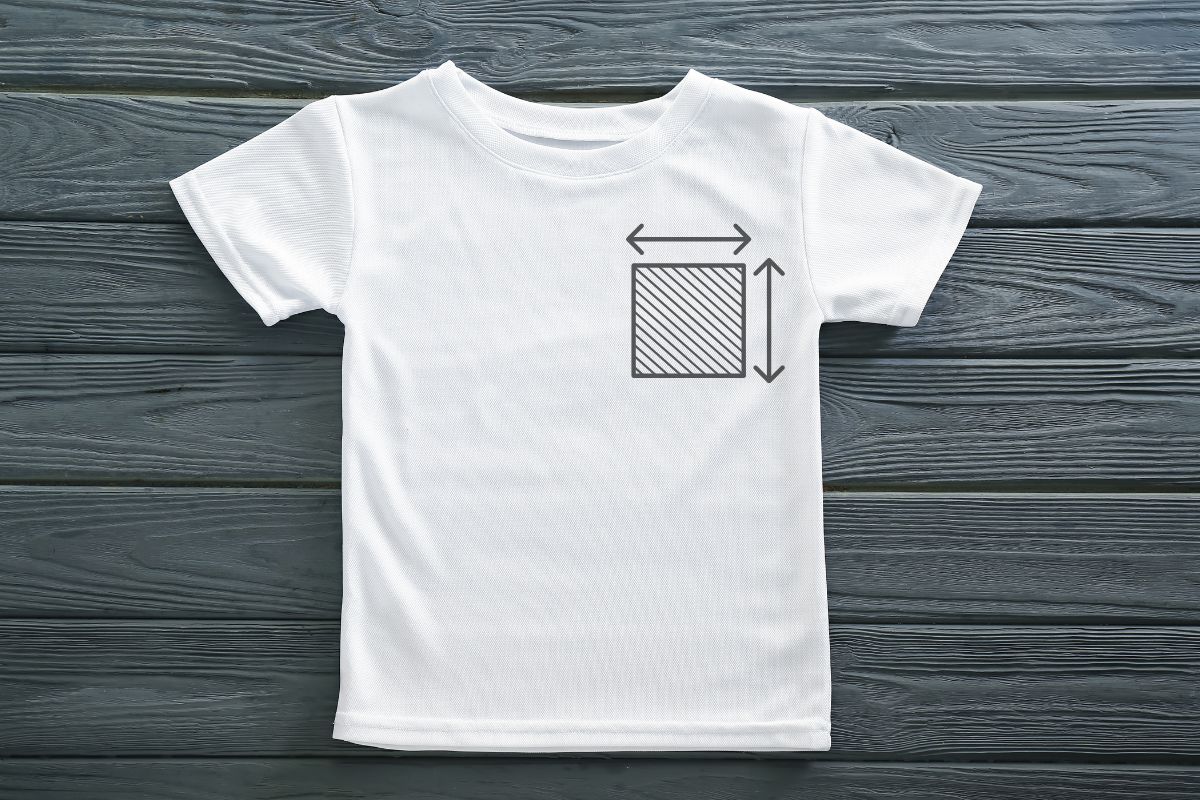Washing hats can be a tricky endeavor, as the washing process could potentially alter their shape and fit. It’s important to approach cleaning your hats with care, whether they’re adorned with your favorite sports team’s logo or they’re a cherished vintage piece with a delicate structure. Washing a baseball cap, or any hat, correctly ensures that your headwear stays looking sharp and in excellent condition for years to come.
Understanding the material of your hat is crucial before you begin the cleaning process. The majority of modern baseball caps are made from cotton, polyester, or a blend of synthetic materials, with brims constructed from plastic which can withstand water without getting damaged. Older caps may have cardboard brims which should not be fully submerged in water. By identifying the hat’s material, you’ll be better positioned to decide the most appropriate cleaning method to maintain its shape and color.
When it comes to actually washing your hat, gentle hand washing is often the safest method. Submerging your cap in a mixture of cool water and mild laundry detergent can address most dirt and sweat stains without the harshness of a washing machine’s cycle. To preserve the integrity of the cap’s shape, avoid wringing or twisting the fabric; instead, dab with a towel to remove excess moisture and allow to air dry, providing the hat with support to keep its form intact as it dries.
Understanding Different Hat Materials
When cleaning your hats, it’s crucial to recognize that the material dictates the method. Incorrectly washing your hat can result in damage or shrinkage, so familiarize yourself with its fabric type and the necessary care required.
Identifying Fabric Types
- Cotton: This material is durable and can often withstand hand washing with a mild detergent. Use cool water to avoid shrinkage.
- Wool (including Angora wool): Wool hats require a delicate touch. They should be washed with cold water and a detergent made for woolens to prevent felting and maintain shape.
- Straw hats: Handle with care. Spot clean only with a slightly damp cloth as submersion in water can cause them to lose form.
- Leather: A special leather cleaner is your go-to as water can dry out and crack the leather.
- Suede: Avoid water when possible. Suede should be brushed gently with a suede brush and spot cleaned with a suede eraser.
Special Considerations for Unique Materials
Unique materials such as suede and angora wool demand specialized attention:
- Suede: Never use water; instead, pick up a kit with a suede brush and eraser. Regular brushing can maintain its nap.
- Angora Wool: Much like standard wool but even more delicate, clean with extreme care, using a detergent formulated for delicate fabrics and no agitation.
Preparing Hats for Washing
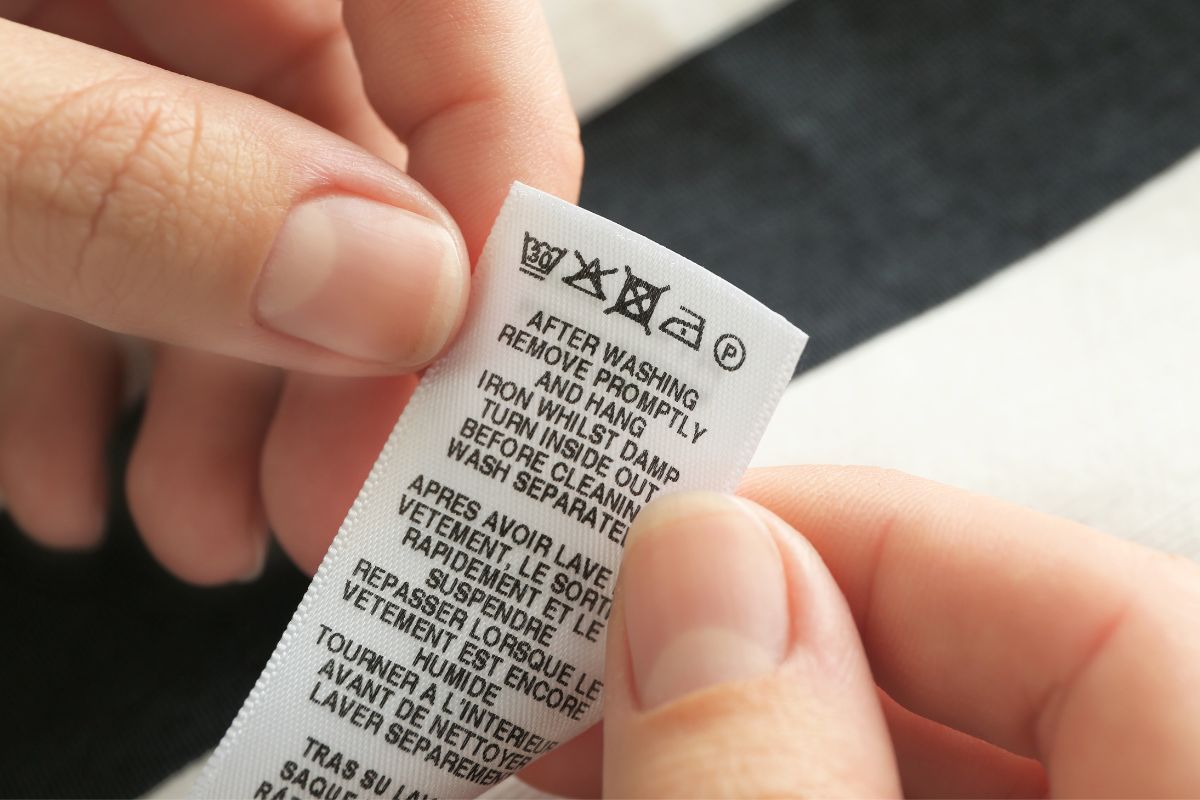
Proper preparation is crucial for preserving the shape and fabric of your hats during the washing process. By following specific guidelines on the care label, spot testing for colorfastness, and removing surface dirt, you ensure that cleaning does not compromise the integrity of the hat.
Reading Care Labels
First and foremost, check the care label located inside your hat. This label provides vital information on the fabric care and limitations of the hat. It will indicate whether hand washing, machine washing, or a professional cleaning is safest for the material of your hat.
- Care Label: Look for symbols and instructions indicating water temperature and washing methods.
- If explicit information is absent, opt for the gentlest cleaning method as a precaution.
Spot Testing Before Washing
Before fully immersing your hat in water, conduct a spot test to ensure that the fabric’s color will not run or fade.
- Apply a small amount of mild detergent to an inconspicuous area with a damp cloth.
- After a few minutes, check the area for any color transfer or material distress.
- Spot-test Hidden area of the hat, like underneath the brim.
- Fabrics react differently—wools and cottons may be more forgiving, while synthetic materials might require greater care.
Removing Loose Dirt and Dust
To prevent any dirt or dust from further embedding into the fabric while washing, gently brush off any loose dirt and dust from the hat’s surface.
- Use a soft-bristle brush or a lint roller over all surfaces.
- Pay particular attention to areas with visible stains; pretreat these spots by applying a small amount of detergent and working it into the fabric with the brush.
- Loose Dirt Carefully remove without applying water to avoid creating mud or deeper stains.
Choosing the Right Cleaning Agents

To ensure effective cleaning while preserving the integrity of your hats, you need to be discerning in your choice of cleaning agents. Use mild detergents designed for hand washing and avoid harsh chemicals that could damage the fabric.
Selecting Appropriate Detergents
When choosing a detergent, mild laundry detergent is preferable. Look for detergents labeled as suitable for delicate fabrics. Liquid laundry detergent generally dissolves more easily in water, making it less likely to leave residues that could affect the hat’s color or texture.
- Dish soap can be used if it is mild and does not contain strong degreasers or fragrances.
Remember, bleach should typically be avoided unless your hat is white cotton and can safely be bleached. Even then, dilute the bleach adequately and use sparingly.
Understanding Stain Removers and Pre-Treatment Options
For targeted action on stains, select a stain remover that is appropriate for the hat’s material and is designed for pre-treatment. Test the stain remover on a small, inconspicuous area of the hat to ensure it does not cause discoloration or damage.
- For grease or sweat stains, pre-treatment options should be applied directly to the stain and allowed to sit as per the product’s instructions before the regular wash.
When dealing with delicate or colored fabrics, steer clear of harsh stain removers and consider using a mild laundry detergent or making a paste with powder detergent and a little water to gently treat the stained area.
Hand-Washing Technique
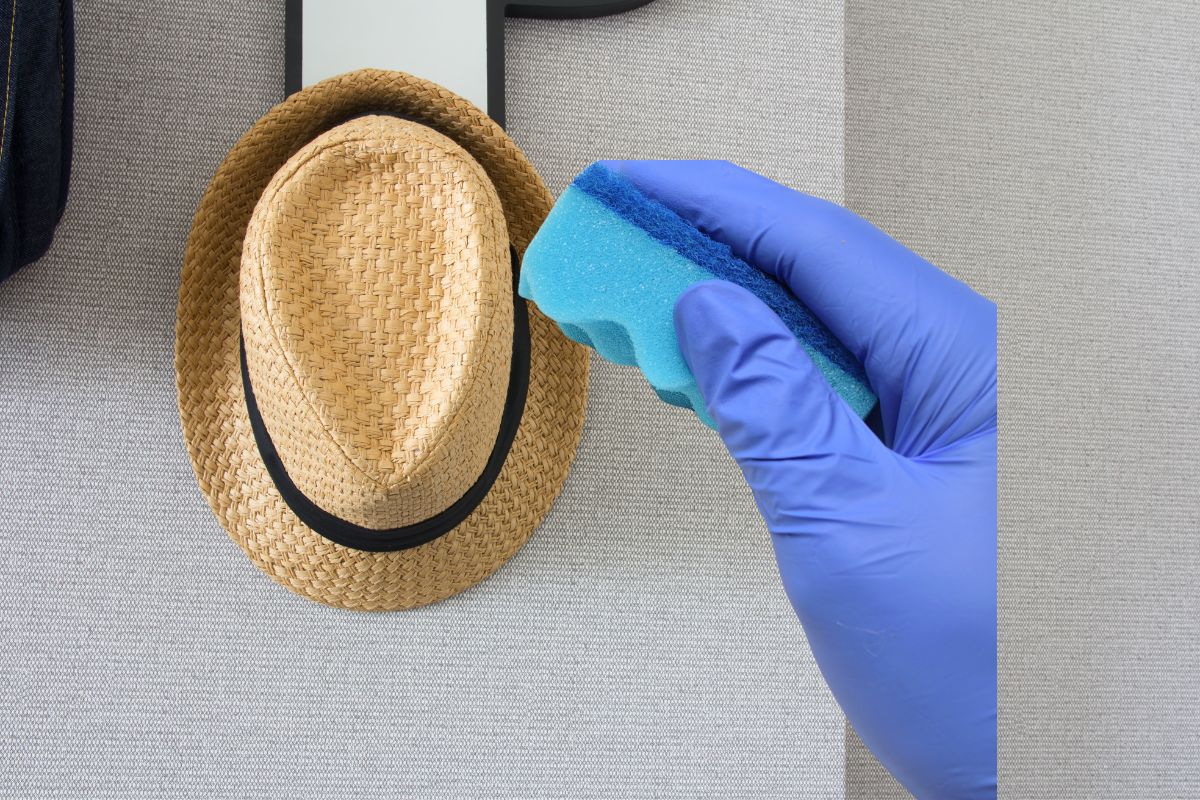
When hand-washing your hats, focus on gentle soaking, careful scrubbing of stains, and proper rinsing and drying to maintain the hat’s shape and color.
Soaking and Treating Stains
To begin, fill a basin with lukewarm water and add a gentle laundry detergent to create suds. Submerge your hat and allow it to soak for about 15-20 minutes. For specific areas with concentrated dirt or stains, apply a small amount of detergent directly to the spot and spot-clean with a soft toothbrush or cloth.
Gentle Scrubbing Methods
After soaking, use a soft-bristled brush or a clean towel to lightly rub away any dirt or stains. Do this with care to avoid damaging the fabric of the hat. If your hat is particularly delicate or has a cardboard brim, avoid heavy scrubbing and instead spot-clean carefully.
Rinsing and Drying Tips
Once the hat is clean, rinse thoroughly with cold water until all soap has been washed out. Avoid twisting or wringing the hat, as this can misshape it. Instead, shake off excess water gently and press the hat between a towel to absorb moisture. Reshape the hat if necessary and let it air dry on a towel or a hat form, away from direct sunlight or heat sources.
Machine Washing Considerations
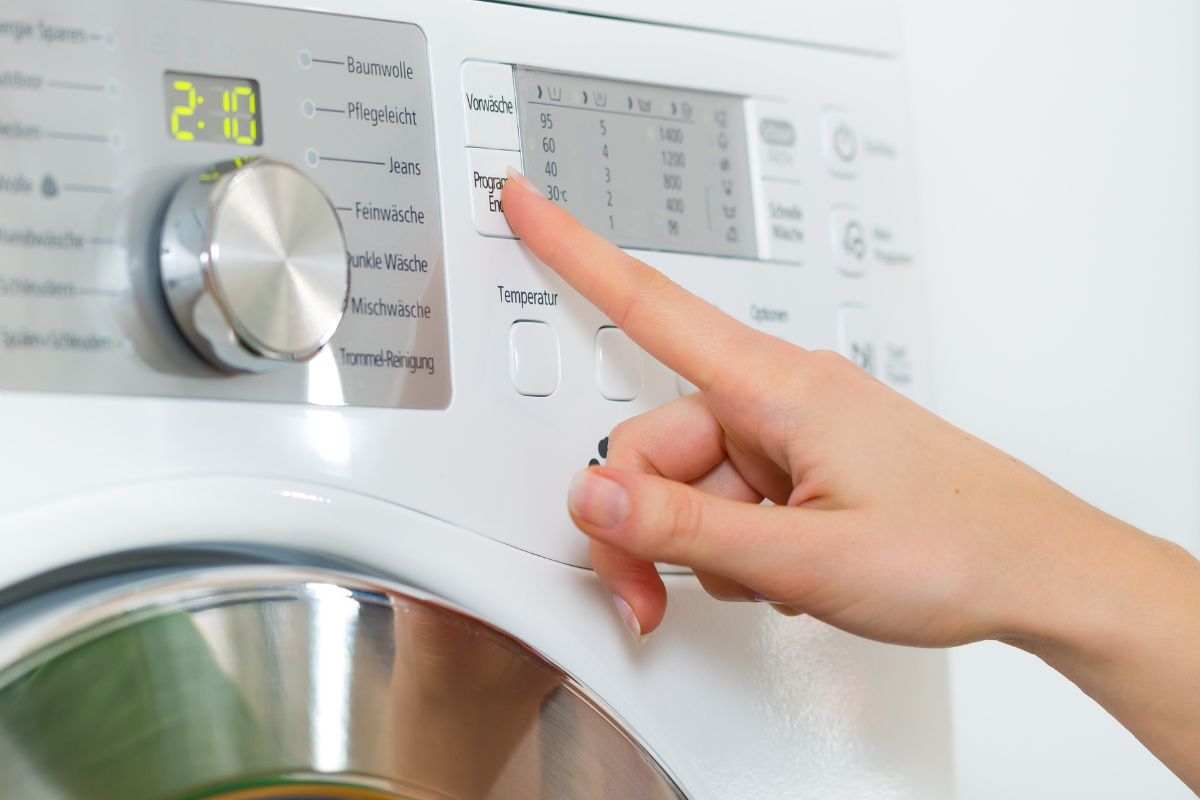
When it comes to machine-washing hats, it’s important to understand the correct techniques and settings to maintain the integrity of your headwear.
Using Washing Machines and Dishwashers Safely
Before placing your hat in a washing machine or dishwasher, ensure that it is safe to do so by checking the care label. If the hat has a cardboard brim, it’s better to avoid machine washing altogether, as the cardboard can become misshapen or damaged. For hats with plastic brims, machine washing can be safe, but use a protective case or wash bag to keep the shape intact.
- Washing Machine: Always use the delicate cycle with cold water to prevent shrinkage or color bleeding.
- Dishwasher: Washing hats in a dishwasher is advised only for ball caps with plastic brims. Place the cap in the top rack and use a mild detergent without bleach.
Selecting the Right Wash Cycle
The wash cycle is critical when it comes to maintaining the hat’s structure and color.
- Delicate Cycle: Select this cycle to minimize the agitation and stress on the fabric.
- Cold Water: Always opt for cold water to prevent any shrinkage or fading.
| Washing Machine | Dishwasher |
| Use delicate cycle | Suitable for ball caps |
| Cold water is imperative | Place on the top rack |
| Mild detergent | Mild detergent without bleach |
Remember, avoid machine washing if your hat has a cardboard brim, and always let your hat air dry to preserve its shape and quality.
Drying and Reshaping Hats
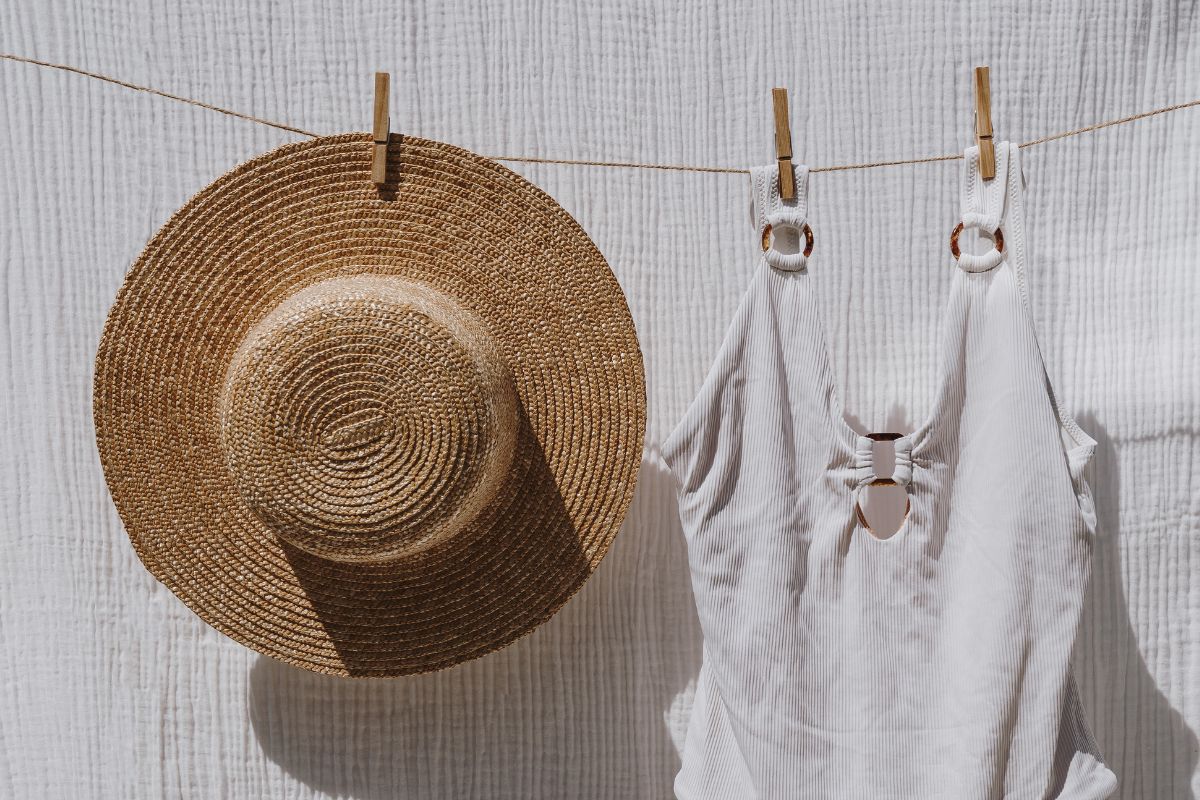
Proper drying and reshaping are essential to maintain the quality and fit of your hat. Be meticulous with these steps to ensure that your hat is ready for its next wear.
Air-Drying Techniques
To air-dry your hat effectively, always remove excess water gently to prevent misshaping. Start by patting your hat with a towel; avoid wringing or twisting. Once the excess water is removed, lay the hat on a clean, dry towel in a well-ventilated area. Ensure that the hat is away from direct sunlight or intense heat to prevent fading and warping.
For hats with brims, like baseball caps, you might consider using a hat form or a similar-sized object like a coffee can or a bucket. Inverting the hat over the form helps maintain the curvature of the brim while allowing air to circulate inside, promoting even drying.
Maintaining Hat Shape During Drying
To maintain the shape of the crown, stuff the inside of your hat with tissue paper or a small towel. This support prevents the hat from collapsing as it dries. Another option is to use a balled-up towel for hats with a more complex shape. The key is to fill the hat enough to retain its shape, but not so much that it stretches the fabric.
Do not use a dryer, as the intense heat and tumbling can distort and shrink the hat, especially if it’s made of cotton or wool. Instead, have patience with the air-drying process. Keep in mind, if your hat is made of a delicate material or has a cardboard brim, it is important to keep it away from excessive moisture during cleaning and drying altogether.
Storing Hats Post-Cleaning
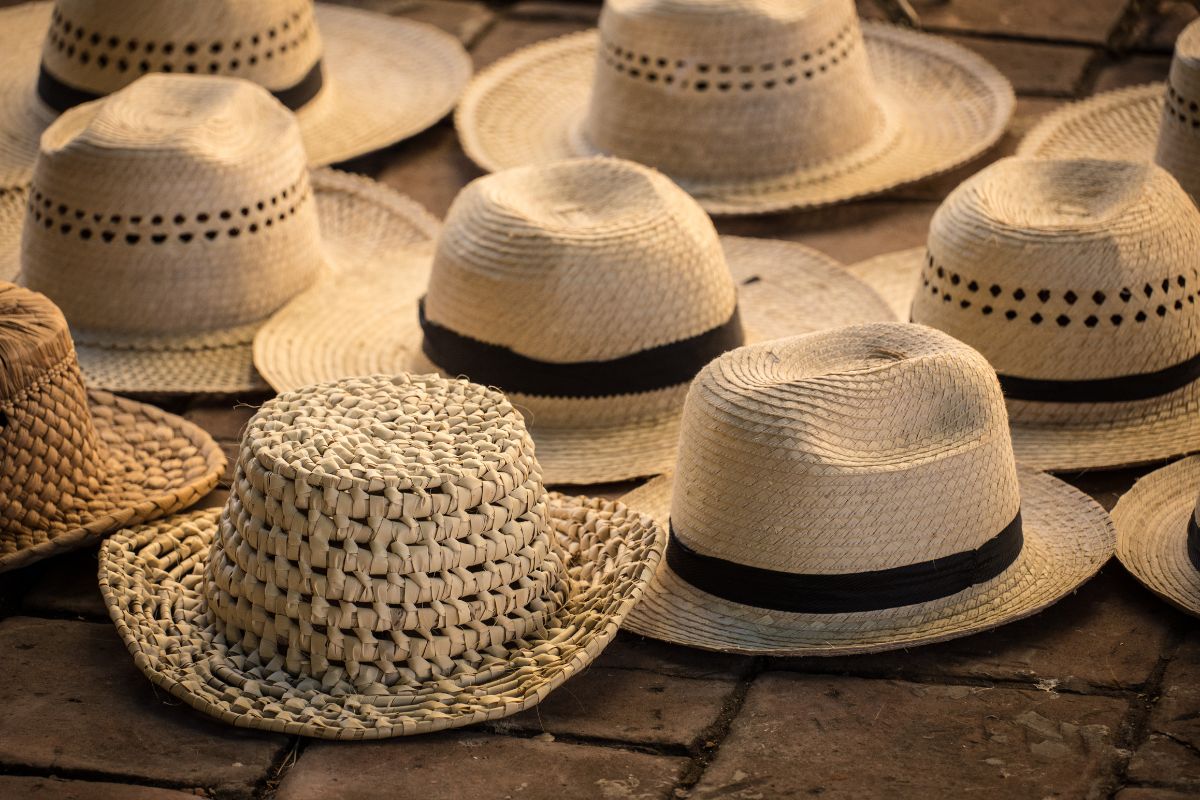
After cleaning your hat, proper storage is crucial to maintain its shape and freshness, especially if you won’t be wearing it for an extended period or until a change in season.
Proper Storage Solutions
When it comes to storing your hats, choose a method that allows the hat to retain its shape and doesn’t expose it to dust or sunlight.
- Hat Boxes: Ideal for seasonal storage, hat boxes protect from dust and light. Ensure they’re made of a breathable material to prevent any moisture build-up.
- Hooks or Pegs: Hanging your hats on hooks keeps them off flat surfaces, but avoid overcrowding which can lead to misshaping.
- Shelves with Dividers: If you have a collection, individual compartments on a shelf can keep hats organized and separated by season.
- Hat Stands or Forms: These can be particularly useful for maintaining the shape of structured hats such as fedoras or cowboy hats.
Always store your hats in a cool, dry place away from direct sunlight to prevent fading and deterioration of materials.
Addressing Common Hat Cleaning Challenges
When cleaning your hats, you may encounter persistent stains and odors or minor wear and tear. This section will guide you through specific techniques to address these issues and restore your hats to their fresher state.
Dealing with Stubborn Stains and Odors
Sweat Stains:
- Pre-treat the stained area with a mixture of warm water and mild detergent, gently applying it with a soft-bristled brush.
- For more resilience, create a paste using baking soda and water, then apply it to the stains. Let it sit for an hour before rinsing.
Odors:
- To combat odors, consider soaking the hat in a mixture of warm water and an odor-neutralizing detergent or a solution of water and white vinegar for 15 minutes.
- After soaking, rinse the hat thoroughly with cool water to ensure all cleaning residue is removed.
Makeup and Hair Products:
- For makeup, lightly dab at the stain with a cloth dipped in a solution of water and rubbing alcohol.
- Remove hair product buildup by gently brushing the stained area after applying a small amount of shampoo to the spot.
Repairing Minor Damage
Discoloration:
- Test a hidden section of the hat with a colorfastness solution to ensure that the detergent or cleaning method won’t cause fading.
Damage Repair:
- If you notice fabric snags, carefully push the snagged thread back into place from inside of the hat, using a blunt needle if necessary.
It’s important to remember always to air dry your hats to maintain their proper shape and prevent any additional damage that heat from dryers might cause. Use a hat form or stuff the hat with a towel to help it keep its shape while drying.
Maintaining Hat Cleanliness
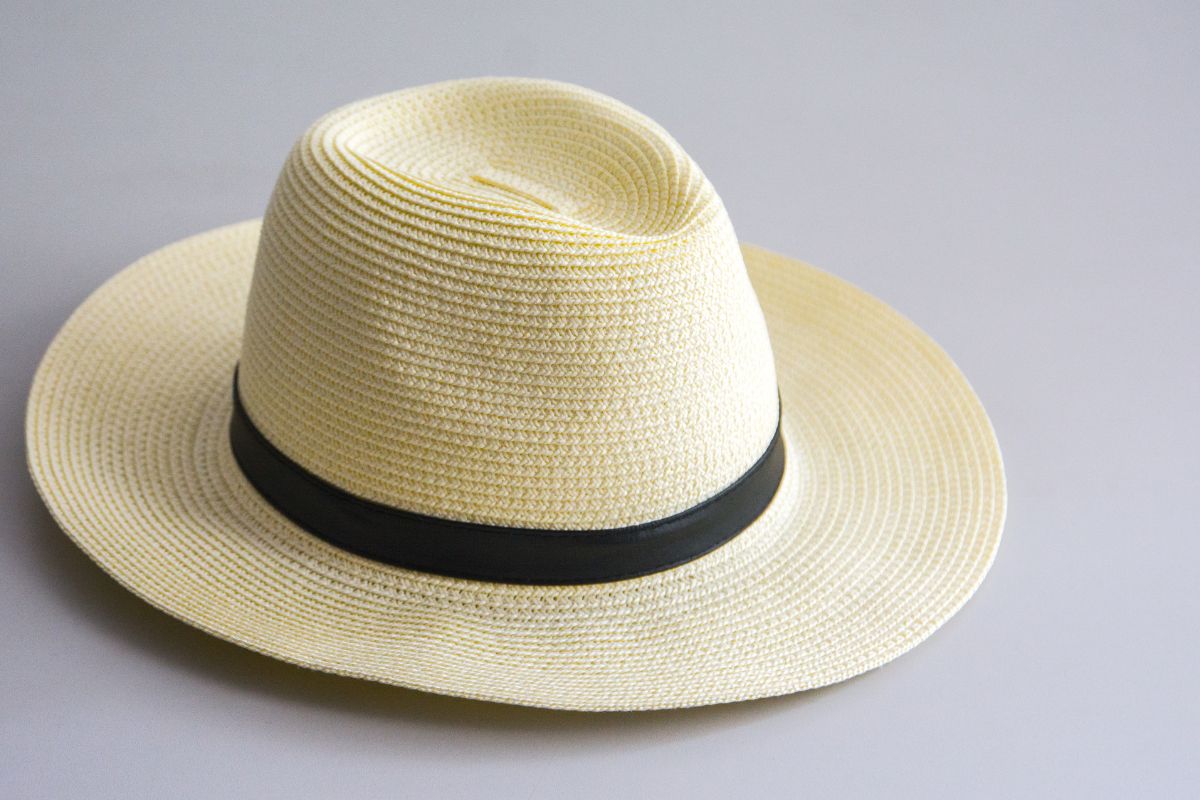
Ensuring your hat maintains its pristine condition involves establishing regular cleaning habits and taking preventive measures. Both steps are crucial to extend the life of your hat and keep it looking its best.
Regular Cleaning Routines
Your hat encounters dirt and stains through regular use. Fabric care is fundamental in keeping your hat clean without damage.
- Spot Cleaning: As soon as you notice a stain, address it with a soft-bristled brush or a clean towel. Always use cool water to avoid setting the stain.
- Hand Washing: Soak your hat in a solution of cool water and gentle detergent. Gently agitate the water, let the hat soak for up to 20 minutes, then rinse thoroughly.
Caution: If your hat has a cardboard brim, avoid submerging it entirely to prevent warping or damage.
Preventive Measures
Prevention is better than cure when it comes to hat care.
- Storage: Store your hat in a cool, dry place away from direct sunlight to prevent fabric discoloration and breakdown.
- Handling: Always handle your hat with clean hands to avoid transferring oils and dirt.
- Sweat Protection: Consider using a hat liner if you wear your hat during activities that cause sweating; this can help absorb moisture and prevent stains.
Remember, a little care goes a long way. Regular maintenance not only preserves the look of your hat but also its structure and integrity.
Tips on Special Hats Care
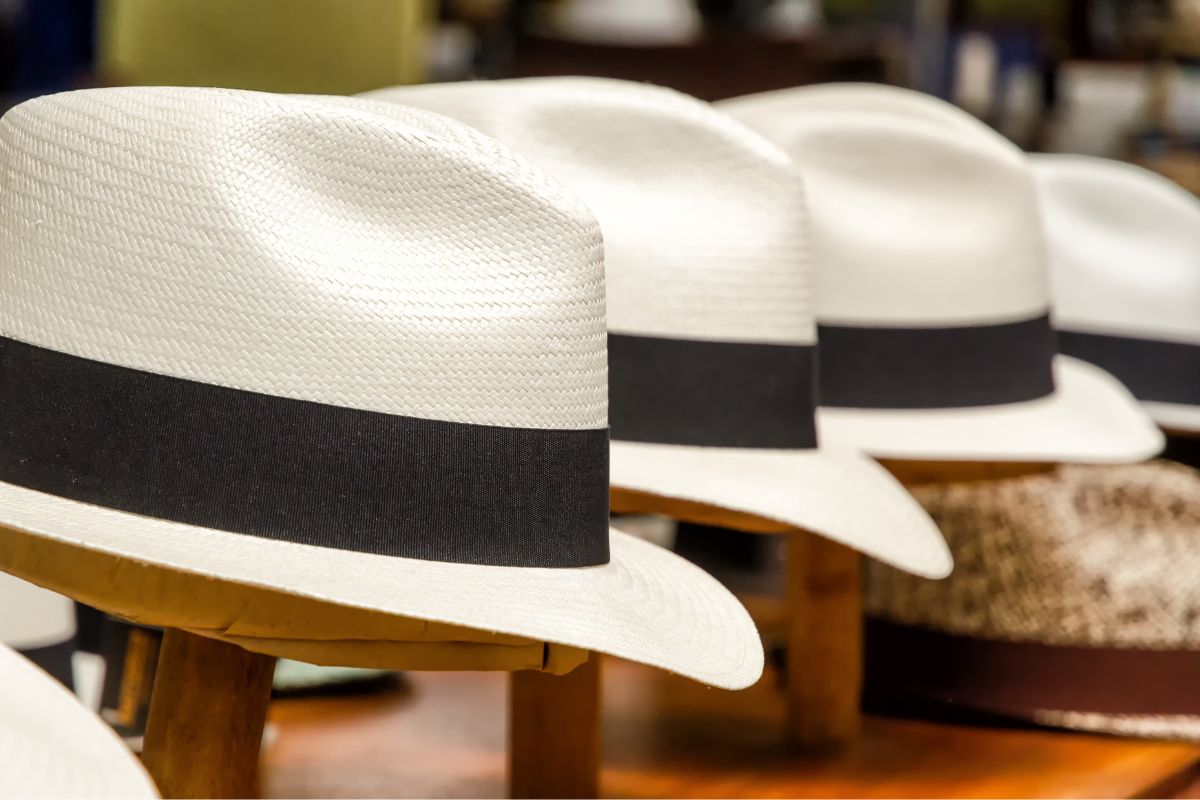
In caring for special hats, such as vintage pieces and hats with decorative elements, precision and gentle handling are paramount. Specific techniques ensure these hats maintain their shape, color, and unique features.
Cleaning Vintage and Collector Hats
When dealing with vintage hats or collector items, particularly vintage-style caps with cardboard brims, submerging them in water can cause irreversible damage. Instead, spot-cleaning is your safest approach.
- Spot-Cleaning Method:
- Identify the soiled areas.
- Dab them gently with a soft cloth dampened in a mixture of cool water and a mild detergent.
- Air dry away from heat sources and sunlight to preserve the fabric and color.
Note: Never wring out these hats as it may distort their original shape.
Handling Hats with Decorative Elements
Hats adorned with decorative elements such as sequins, embroidery, or beading require a delicate touch during cleaning.
- Protective Measures:
- Use a soft-bristled brush to remove surface dirt without applying pressure on the decorations.
- If washing is necessary, cover the decorative elements with a protective mesh before gently hand-washing.
By adopting these specialized care methods, you’ll ensure your unique hats continue to make a statement for years to come.
Safe Cleaning Practices
When washing your hats, adhering to specific cleaning practices ensures you maintain their shape and avoid damage. Use a meticulous approach that prioritizes the material and construction of your hat throughout the cleaning process.
Components to Avoid During Cleaning
- Bleach: Never use bleach on your hats, as it can cause discoloration and weaken fabric fibers.
- Harsh Chemicals: Avoid cleaners with harsh chemicals that might degrade the material or cause fading.
- Hot Water or High Heat: Steer clear of hot water and high heat drying methods that could shrink or warp your hat.
- Excessive Agitation: Gentle handling is crucial; excessive agitation can damage the hat’s structure.
Washing Instructions and Best Practices
- Spot Cleaning: For light cleaning, spot-clean with a mild cleaning mixture using a soft cloth or brush.
- Hand Washing: Submerge your hat in a soapy, lukewarm water solution and gently agitate. Avoid soaking vintage hats with cardboard brims and opt for careful spot-cleaning instead.
- Rinsing: After cleaning, rinse your hat in clean, cool water to remove any soap residue.
- Drying: Pat dry with a towel, then reshape and allow to air dry on a clean surface or over a jar or balled-up towel to retain shape. Avoid wringing out the hat.
Following these specific guidelines will assist in safely cleaning your hats while preserving their quality and structure.
Frequently Asked Questions
When it comes to washing hats without causing damage, knowledge is your best ally. These FAQs address common concerns and provide clear instructions to keep your hats in great condition.
What is the safest method to clean a baseball cap without losing its shape?
To safely clean a baseball cap without losing its shape, soak it in a mixture of cool water and gentle detergent, then rinse thoroughly. Avoid twisting or wringing the cap and instead pat dry with a towel before reshaping and allowing it to air dry.
Can I wash my hat in the dishwasher without damaging it, and if so, how?
Washing your hat in the dishwasher is not recommended as the high heat and harsh detergents can damage the fabric and shape of the hat. Stick to hand washing or use methods specifically recommended for hat care.
Is there a reliable technique for washing hats by hand to prevent damage?
For hand washing, use lukewarm water and a gentle detergent, agitate the water to create suds, then dip your hat and scrub areas gently with a soft cloth or brush. Rinse with cool water and pat dry without twisting the hat.
How can I effectively remove sweat and stains from hats without causing harm?
Target sweat and stains by creating a paste with baking soda and water or using a mild stain remover. Gently apply to affected areas, leave it for a short period, and then wash the hat following safe hand-washing techniques.
What precautions should I take to ensure my hat maintains its form after washing?
After washing, reshape the hat while it is damp, stuff it with a hand towel to maintain its form, and let it air dry away from direct sunlight or heat sources. Avoid using a dryer as the intense heat can warp the shape.
Are there any hat-cleaning methods that prevent damage for different types of hats at home?
Each type of hat may have specific care instructions: for delicate materials, spot clean with gentle detergent; for structured hats, avoid fully submerging in water; and for baseball caps, soak and hand-wash. Always check the care label before cleaning.

